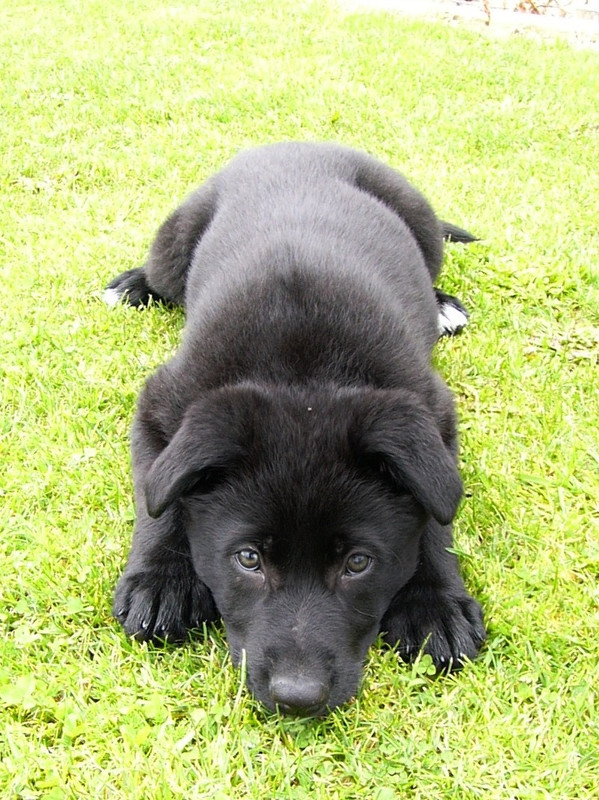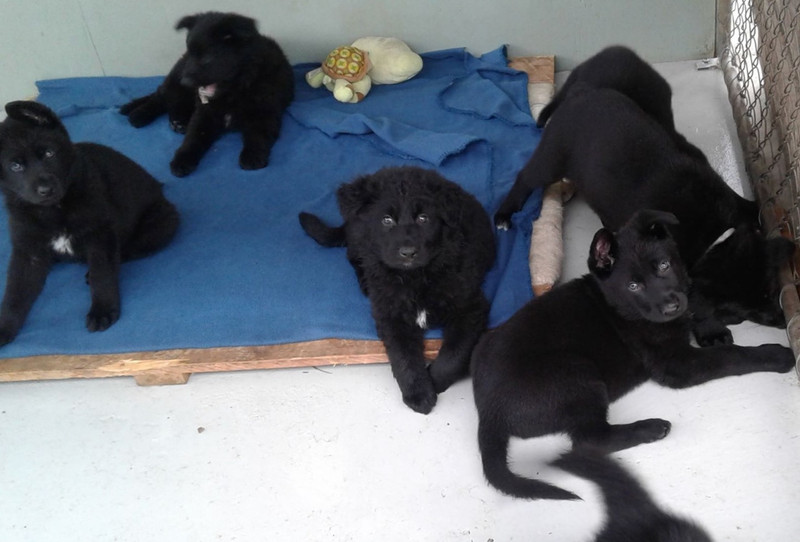Dog Blog Issue Four
Preparing for a big adventure
In just a couple of weeks our new Labrador pup will be joining us, ready to start the journey to becoming a fully-fledged member of the K9 Medical Detection NZ canine team. There’s a long road ahead of her, but there’ll be lots of fun along the way, and we’re keen to watch her grow into her new role.
For now, though, she’ll be enjoying these last weeks with her littermates and mum, learning new things every day. She’s discovering the value of dog manners around other dogs, how to play and how to stand up for herself, and that sometimes things are suddenly scary.
In this issue we’re talking with Lorraine from Heisenberg Kennels. Another awesome and highly experienced breeder. From Labradors to German shepherds. Let’s take a look at what’s happening in a young pups life at this age.
The fear factor and the closure of the milk bar
Pups are in their sensitive phase at the moment. This lasts until about three months of age, and it means that things she learns now will stay with her all her life. For that reason, this is a most delicate stage in a pup’s life, and a time of great responsibility for breeders and the pup’s new family. Any mistakes made now could have a lasting effect.
Pups are also moving into a period when they discover fear. They might suddenly become frightened of an object or sound they had previously had no issue with, or be unreasonably terrified of something new. This needs to be handled carefully to support pup through this difficult time, otherwise there is the danger that the dog will be ruined by the experience.
Lorraine Wills of Heisenberg Kennels says during the fear period she recommends giving a pup space to recover and a place of safety, rather than forcing them to ‘face their fears’. Lorraine is a firm believer in introducing pups to as many sights, sounds, smells and experiences as possible while they are young to assist them through the fear period. Taking them outside is particularly beneficial. Here are some Heisenberg pups on an adventure in the woods. (Video courtesy of Lorraine Wills)
Lorraine says she doesn’t worry about buying too many toys for the pups at this age. They are happy with found objects to chew, like cardboard boxes, or things that make interesting noises, like crinkly biscuit wrappers. She also ties objects on strings to hang down, as dangly things are very enticing for puppies.
At the same time, the pups will be finding that mum is less accommodating when it comes to mealtimes, and they are now having to supplement much of their diet with solid food and water in dishes. By the time they are six to eight weeks old the milk bar will be fully closed and mum can get back to a life of relative normality.
The puppies are becoming independent in many ways, including teaching each other the rules of life via play with their siblings. This is fun and educational at the same time - the best way to learn.
Here you’ll see some of the pups are discovering water, while a couple of others are learning about ownership (and the loss of it!) with a favourite ball. They are practicing their biting skills and learning ‘bite inhibition’ - how hard it’s safe to nip without consequences. The puppies yelp when they’ve decided “that’s hard enough thank you”, and the aggressor learns that’s the time to let go. All good skills for navigating the adult world.
Since it’s a time of great change for our little one, in our next issue we’ll explore how dogs experience emotions and what science says dogs are thinking about. And of course we’ll be counting down the days until our new puppy arrives.


